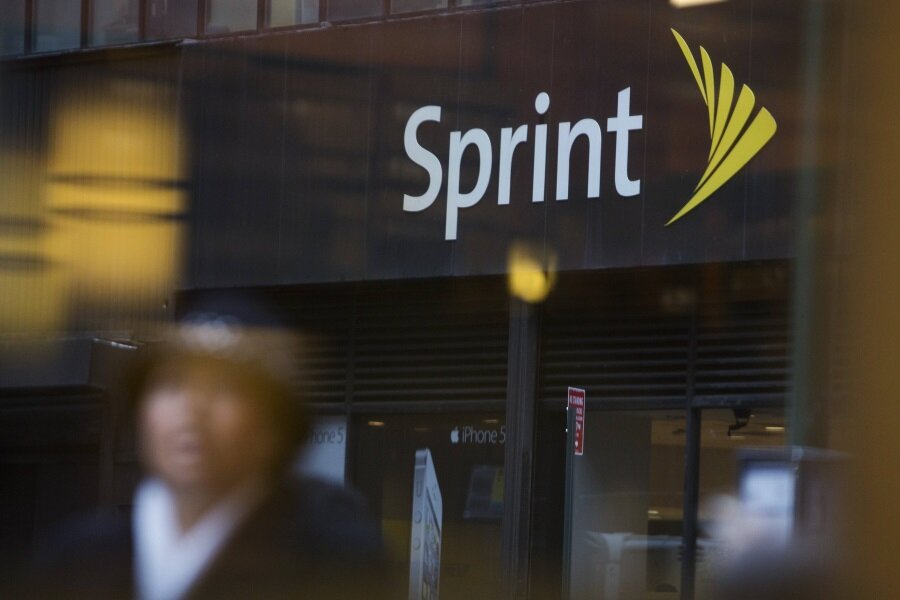Sprint offers half-price plans in bid to poach AT&T and Verizon customers
Loading...
Sprint isn’t going down without a fight. In spite of billions of dollars in losses over the past several years, the No. 3 wireless company announced an ambitious plan Tuesday to halve the monthly bills of AT&T and Verizon customers who switch to Sprint. For example, if you pay $140 per month for four lines of service with Verizon or AT&T, you’ll be able to get four lines with Sprint for $70 per month, the company says.
Sprint was careful to point out in its announcement that the half-price rate never expires -- customers who switch from AT&T and Verizon will be charged half their old rate as long as they remain with Sprint. It’s a bold move aimed at boosting Sprint’s visibility, which has faded as the company has lost ground to No. 4 rival T-Mobile, while continuing to lag far behind AT&T and Verizon.
Last month, Sprint announced it would cut 2,000 jobs -- about 5 percent of its workforce -- in order to trim expenses. But the company is also taking big steps to turn things around. In August, it hired wireless entrepreneur Marcelo Claure as CEO, and Sprint made an earlier offer to pay early termination fees up to $350 for customers who canceled their contracts with other networks.
The “Cut Your Bill in Half” promotion asks AT&T and Verizon customers to bring their bill to a Sprint store, or to scan and upload it to Sprint’s website. The company then analyzes the contract to figure out which Sprint plan most closely matches the customer’s current plan. All of Sprint’s half-price plans have unlimited minutes and texts, so the idea is that you’ll get roughly the same amount of data that you had before, but for half the price. Sprint even says it’ll waive the activation charge for the new plan.
There’s one catch: New customers will have to turn in their smart phones to Sprint, and will have to pay full price for new handsets. So an Apple iPhone 6 that would normally cost $199 with a two-year contract will instead cost closer to $649, although you could spread that cost out by paying Sprint in installments. Most people probably aren’t expecting to be able to use their AT&T or Verizon phone on Sprint’s network, but it does mean the switch to Sprint will cost a bit more up front. Sprint will charge customers $200 per line if they don’t turn in their current phones. Furthermore, if a customer wants to change his or her plan later -- say, by upping the monthly data allotment -- that person will lose the half-price rate.
We’ve seen a lot of deep discounts from wireless companies this year, as the four providers compete with one another for subscribers. This July, T-Mobile offered 10 GB of data, split across four lines, for $100 per month; a month later, Sprint offered 20 GB of shared data for the same amount; and in September, AT&T doubled the data caps on its family plans. Sprint’s latest salvo should put even more pressure on its rivals to keep phone rates affordable for customers.








